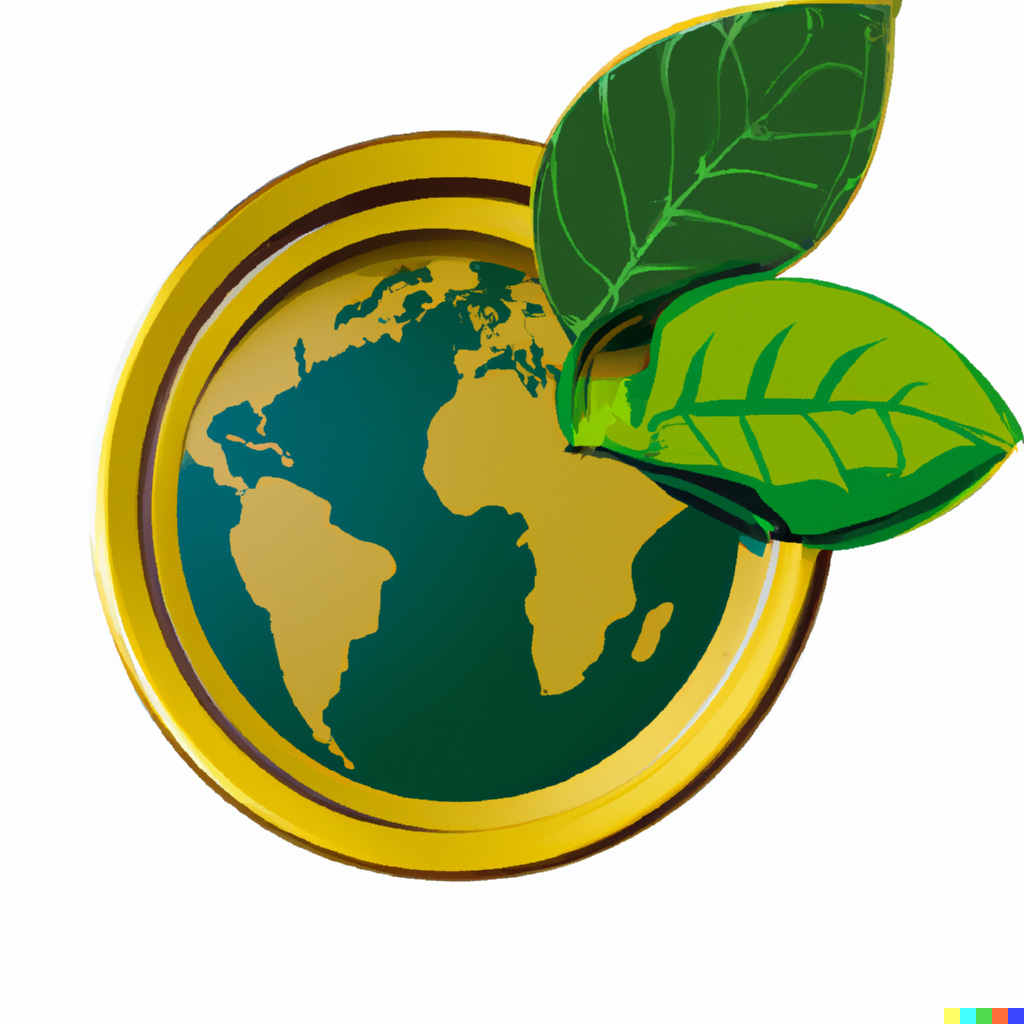Shifts in Global Mineral Markets
In a dramatic energy shift, the world is hungry for critical minerals. The electric revolution is gaining steam, and the demand for essential resources is skyrocketing.
2022 was a banner year for the electric movement. Sales of electric cars jumped by an astounding 60%, hitting a record of 10 million units. Solar PV installations dazzled, and wind power rebounded fiercely after two quieter years. However, this acceleration is not without its growing pains. Energy storage systems also surged with capacity additions doubling. This boom drove a dramatic spike in the appetite for minerals pivotal to this transition.
The electric vehicle (EV) market is mirroring conventional car trends, increasing the demand for larger vehicles and, consequently, larger batteries. As a result, while EV sales soar, the demand for batteries in these vehicles is outpacing them. On the innovation front, cathode chemistries are veering towards high-nickel or lithium-iron phosphate formulations. At the same time, anodes are increasingly adopting silicon-doped graphite. An intriguing development is the recent leap in sodium-ion batteries in 2023, with production predominantly centered in China.
From 2017 to 2022, the energy sector's burgeoning demand caused lithium's overall demand to triple, cobalt's to soar by 70%, and nickel's to rise by 40%. Notably, by 2022, the share of clean energy applications in total demand touched 56% for lithium, 40% for cobalt, and 16% for nickel. A stark rise from the 30%, 17%, and 6% seen half a decade ago.
This ravenous demand has catapulted the market size of key energy transition minerals. Doubling in a mere five years, it reached a staggering USD 320 billion in 2022, rivaling the might of the iron ore mining market. In contrast, traditional materials like zinc and lead experienced only modest growth. The rapid ascent of these transition minerals from niche players to headline acts in the mining world presents fresh revenue streams, job opportunities, and a chance for coal-reliant economies to diversify.
Although prices of these critical minerals soared in 2021 and early 2022, they began to plateau later in the year. Despite the ups and downs, the overall trend signals these minerals' vital role in the cost structures of our evolving energy systems.
Yet, the terrain is rocky. With the memory of declining costs due to technological advances and scale benefits fresh, the recent price hikes for clean energy technology serve as a stark reminder of the challenges ahead. Policies worldwide are now stepping in, signaling a collective recognition of the urgency. The European Union’s CRM Act, the US’s Inflation Reduction Act, Australia’s Critical Minerals Strategy, and Canada’s iteration are all notable examples.
Furthermore, with export restrictions on raw materials increasing fivefold since 2009, nations like Indonesia, Namibia, and Zimbabwe have taken stringent measures against exporting unprocessed mineral ore.
Mining companies, too, are steering their investments in alignment with the times. A deep dive into the capital ventures of 20 significant mining entities spotlighted a rise in their investment in critical minerals. Chinese companies, riding the momentum, doubled their spending in 2022. Meanwhile, Canada and Australia, not to be left behind, posted over 40% growth annually.
Most recycling capacities are concentrated in China, but Europe and the US are also expanding their facilities. Companies worldwide are not just stopping at procurement; they're investing directly in the critical minerals value chain. Giants like Contemporary Amperex Technology Co. and General Motors are centering these minerals as their strategy's crux.
As we steer into this new era, the challenges are threefold: keeping up with rapid demand growth, diversifying supply sources, and ensuring responsible sourcing. The increased dominance of a few top producers in 2022, especially in nickel and cobalt, highlights this. The world is yet to weave a diversified midstream supply chain. China, the largest metal refining hub, is grappling with its over-reliance on singular sources. The nation's move to diversify its raw material supply portfolio by investing overseas is a testament to this struggle.
Lesser-known minerals, characterized by their small volume but high supply concentration, are also stepping into the limelight. Recent export curbs on specific minerals underscore the significance of these seemingly niche minerals in global supply chains.





